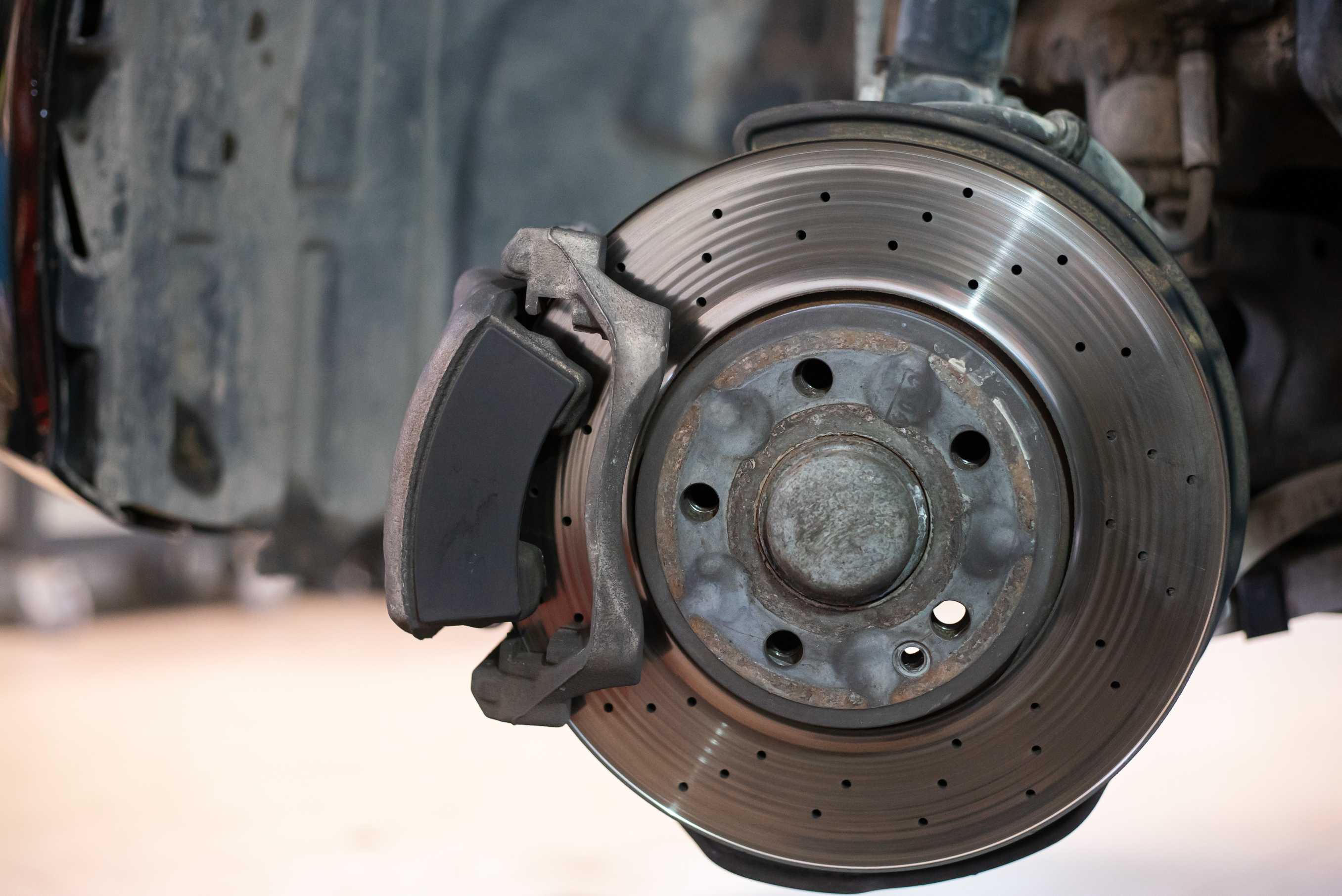




























During transportation or use, products are inevitably subject to contact and friction with other objects in the environment, resulting in functional failures such as fading, blurred patterns, and surface wear.
MTT provides professional abrasion testing services to accurately evaluate the wear resistance of products, providing strong support for ensuring product quality and durability.

| Project Overview
Most products, during transportation or use, inevitably come into contact with or even rub against other objects in the surrounding environment. Such interactions inevitably lead to partial functional degradation of the device, such as fading, pattern blurring, or surface wear.
| Project Significance
Conducting wear resistance testing provides critical reliability data regarding a product’s resistance to abrasion, enabling manufacturers to improve product materials or designs based on these insights. Therefore, wear resistance testing plays a vital role in enhancing product reliability.
| Project Scope
1. Linear Reciprocating Friction
This simulates actual usage conditions to ensure both stability and accuracy of the testing process.
Linear Reciprocating Friction
Wear Medium: CS-10, H-8
Stroke: 0.2”, 0.5”, 0.75”, 1.0”, 1.5”, 2.0”, 2.5”, 3.0”, 3.5”, 4.0”
Rubbing Speed: Adjustable movement speed ranging from 2 to 75 cycles per minute.
Load: Minimum 310 g.
Available Revolutions: Up to a maximum of 999,999 revolutions can be set.
Applicable Standards: GB/T 3920-2008, ISO 105-X12, and others.
2. Rotary Friction
A unique wear process designed to simulate real usage conditions.
Rotary Friction
Wear Medium: CS-10, H-18
Rotate Speed: 60 or 72 revolutions per minute.
Load: 250 g, 500 g, 1000 g.
Available Revolutions: Up to a maximum of 50,000 revolutions can be set.
Applicable Standards: ASTM D3884, ASTM D1175, ASTM D1044, ASTM D4060, TAPPI T476, ISO 9352, ISO 5470-1, JIS K7204, JIS A1453, JIS K6902, JIS L1096, JIS K6964, DIN 52347, DIN 53109, DIN 53754, DIN 53799, etc.
3. Reciprocating Friction
Reciprocating Friction
Wear Medium: CS-10, H-18
Stroke: 6–155 mm
Rotate Speed: 3–75 cycles per minute.
Available Height: Maximum 130 mm.
Load: 1–24 N.
Available Revolutions: Up to a maximum of 999,999 revolutions can be set.
Applicable Standards: ASTM F2495, GME 60248, GME 60368, GMW 14125, ISO 1518.
4. Scratch Resistance Friction
Scratch Resistance Friction
Scratch Medium: Hemispherical tungsten carbide scratching stylus.
Stroke: 6–155 mm
Load: 2 N, 3 N, 4.5 N, 5 N, 6 N, 7 N, 10 N, 15 N, 20 N.
Available Revolutions: Up to a maximum of 999,999 revolutions can be set.
Applicable Standards: Ford BN 108-13, General Motors DMN3943, Daimler-Chrysler LP-463DD-18-01, etc.